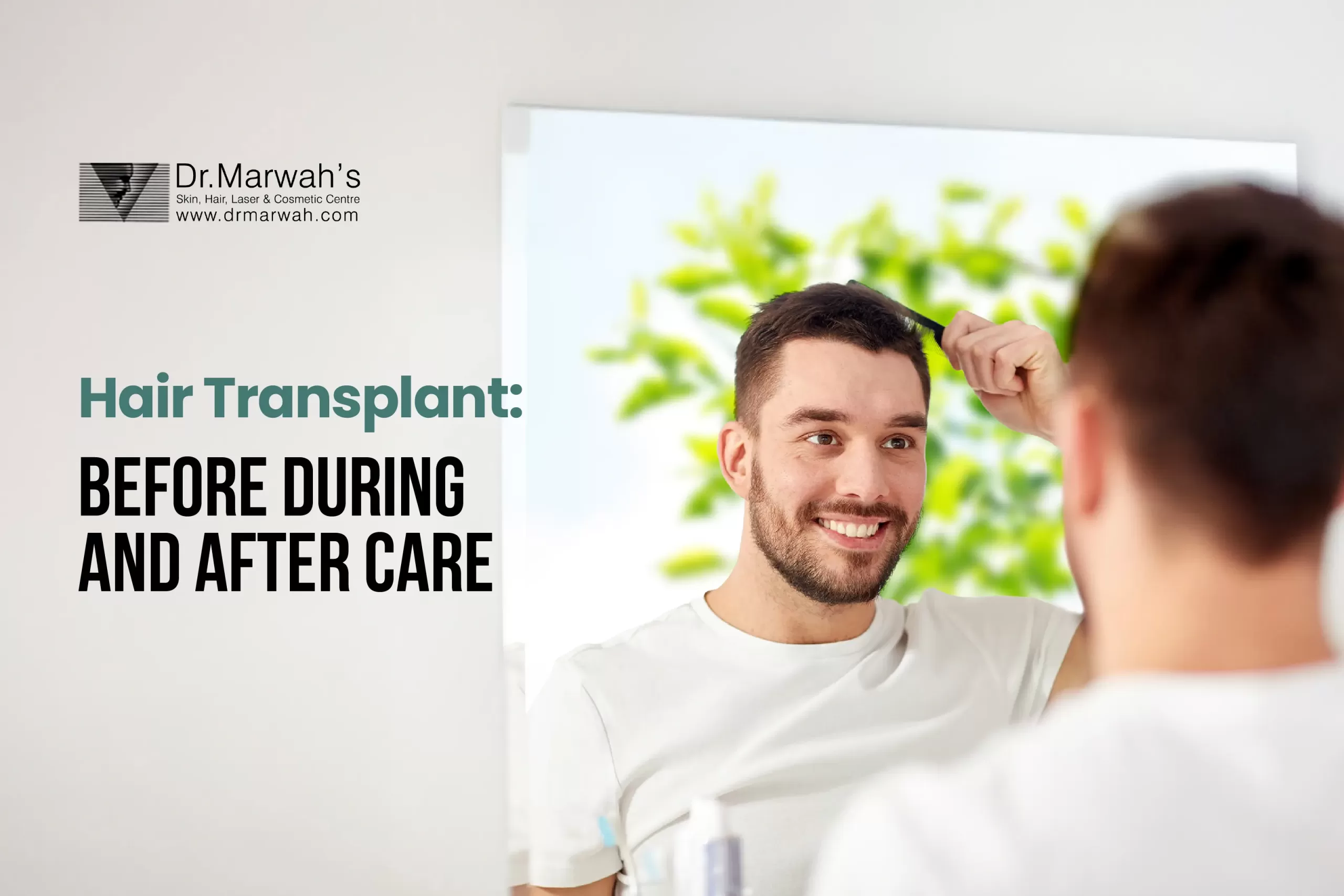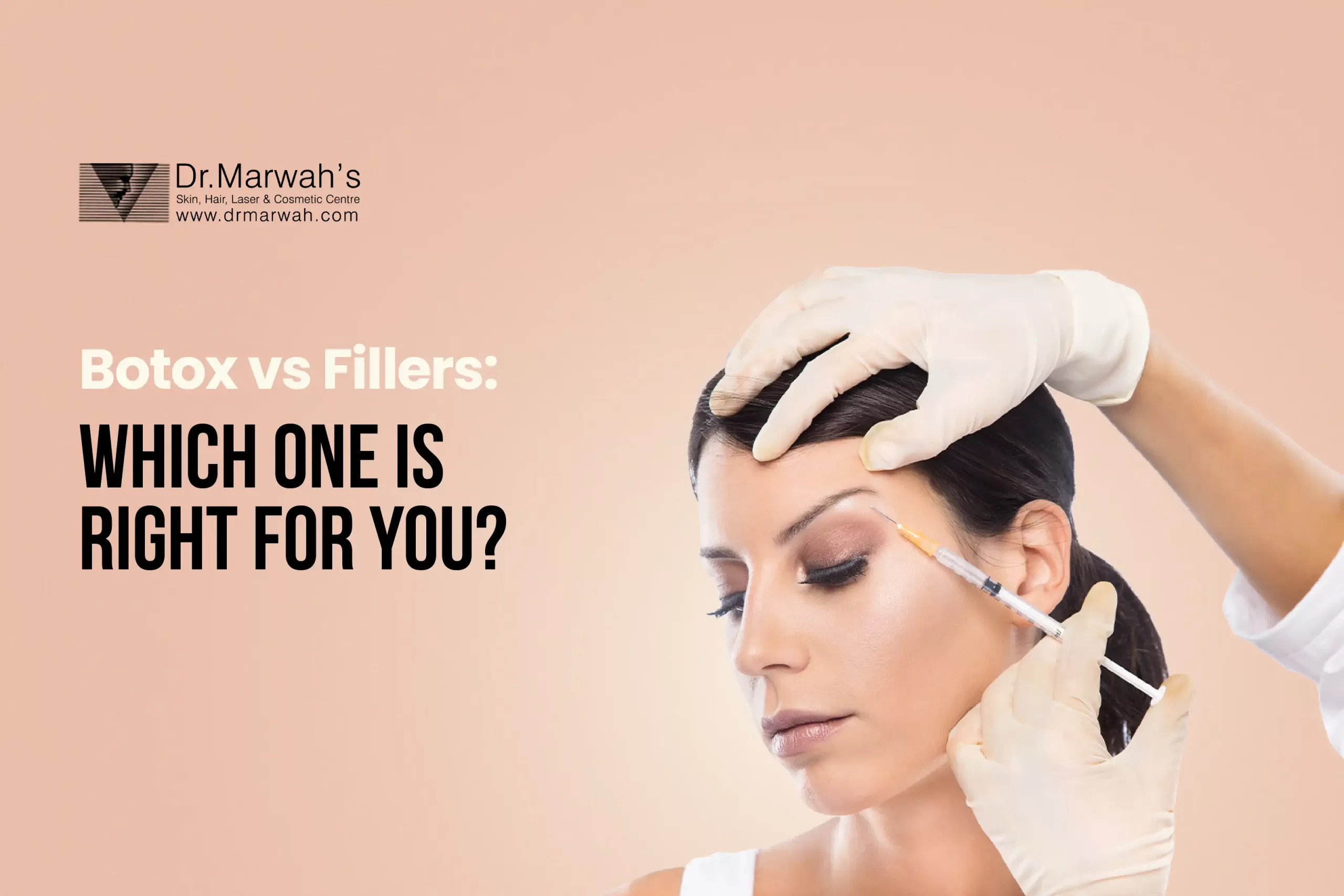Hair transplant isn’t just a cosmetic procedure. It’s a deeply personal journey that touches on confidence, self-image, and emotional well-being. If you’ve been struggling with hair loss and are considering a hair transplant, you’re not alone. For many, it’s not about vanity, but it’s about restoring a part of themselves they’ve lost over time.
But a successful hair transplant is about much more than the surgery itself. It requires careful preparation, informed decision-making, and dedicated post-procedure care. Understanding what to expect before, during, and after the procedure can help ensure better outcomes and a smoother experience overall.
What is a Hair Transplant?
A hair transplant is a medical procedure in which hair follicles are taken from one part of the scalp (usually the back or sides, where hair is thicker) and transplanted to balding or thinning areas. The two most common techniques used are Follicular Unit Extraction (FUE) and Follicular Unit Transplantation (FUT).
You can learn more about these methods and their benefits in this detailed guide: Hair Transplant – FUE & FUT Techniques.
Each method has its own pros and cons. FUE is less invasive and leaves minimal scarring, while FUT may be a better option for those needing larger graft numbers.
Let’s walk through the stages of this journey, starting from before the procedure.
Before the Hair Transplant: Setting the Foundation
Preparation begins long before the surgery itself. Getting your body and scalp in the best shape possible is key to achieving optimal results.
1. Medical Assessment and Consultation
A detailed consultation with your hair transplant specialist is essential. They will review your medical history, assess the extent of your hair loss, and determine whether you’re a good candidate. Blood tests may be done to rule out conditions like thyroid issues or nutritional deficiencies that may be contributing to hair loss.
This is also the time to share your expectations and ask questions. Understanding the limits of the procedure and setting realistic goals will help prevent disappointment later.
2. Stop Certain Medications and Supplements
You may be advised to avoid blood thinners, aspirin, anti-inflammatory drugs, or vitamin E a week or two before the surgery, as they can increase bleeding risk. Always consult your doctor before stopping any medication.
3. Avoid Alcohol and Smoking
Both alcohol and nicotine can affect blood circulation and interfere with healing. Most doctors recommend stopping smoking at least a week or two prior to surgery and avoiding alcohol for several days before and after.
4. Take Care of Your Scalp
A healthy scalp is critical. If you have dandruff, scalp infections, or inflammation, your doctor might recommend specific shampoos or treatments beforehand. Keeping your scalp clean and moisturized can support better graft survival.
5. Haircut Before Surgery
Some clinics prefer trimming the donor and recipient areas on the day of surgery. Others may request you to get a haircut a day before. Follow your clinic’s specific instructions.
On the Day of the Hair Transplant: What to Expect
Knowing what happens during the actual procedure helps reduce anxiety. While each clinic has its protocols, most hair transplants follow a similar flow.
Arriving at the Clinic
You’ll be welcomed and prepped for the procedure. Photos of your scalp will be taken for the records. You’ll likely be given a mild sedative to help you relax.
Numbing the Scalp
Local anesthesia will be used to numb both the donor and recipient areas. You’ll be awake but won’t feel any pain during the procedure.
Extraction Phase
In an FUE transplant, individual follicular units are extracted one by one using a micro-punch device. For FUT, a strip of scalp is surgically removed and dissected under a microscope to isolate individual grafts.
Graft Preparation
Each graft is carefully prepared and counted. Typically, between 1000 to 4000 grafts are transplanted, depending on the extent of hair loss and the donor supply.
Implantation Phase
Tiny incisions are made in the balding areas. Then, the prepared grafts are meticulously placed at the correct angle and direction to ensure a natural-looking result. This step is time-consuming but critical.
Aftercare Instructions
Once the procedure is complete, you’ll receive instructions for washing your hair, sleeping positions, medications, and what to avoid in the first few days.
After the Hair Transplant: Healing and Regrowth
The recovery phase is just as important as the surgery itself. How you care for your scalp post-transplant can influence the success of your results.
First 48 Hours
You may experience mild swelling, tenderness, and scabbing. It’s essential to keep your head elevated while sleeping and avoid touching or scratching the grafted area.
Avoid washing your hair until instructed. Usually, a gentle saline spray is used to keep the area clean and hydrated in the first few days.
First Week
You’ll likely be able to resume light daily activities but should avoid strenuous exercise, sun exposure, and anything that causes sweating. Scabs may form and fall off naturally. Don’t pick them.
The donor area will begin healing, and any minor discomfort should subside. You might be prescribed antibiotics or anti-inflammatory medication.
2–4 Weeks Post-Transplant
This is when shedding of the transplanted hair may occur, known as “shock loss.” Don’t panic – it’s a normal part of the process. The follicles remain intact beneath the skin and will start producing new hair in the coming months.
3–4 Months
New hair starts to emerge. It may be fine and soft initially, but it will thicken with time. Not all grafts grow at the same pace, so don’t worry if some areas are slower to fill in.
6–9 Months
This is the period when most visible growth happens. Hair becomes fuller, denser, and longer. By now, you should see a clear difference in your hairline and volume.
12 Months and Beyond
The final results are usually visible by the 12-month mark. In some cases, hair may continue to thicken even after a year. You can now style and treat your hair as you would normally.
Tips for Long-Term Care: Your Hair Will Thank You
While a transplant gives permanent results, caring for your new hair is essential for keeping it healthy and vibrant.
– Use mild shampoos and conditioners that nourish the scalp.
– Avoid excessive heat styling, tight hairstyles, or chemical treatments that may stress the hair.
– Maintain a diet rich in protein, iron, and essential vitamins to support hair health.
If you’re prone to ongoing hair loss, your doctor may recommend medications like minoxidil or finasteride to preserve existing hair. Regular follow-ups with your transplant clinic can help track progress and address any concerns early.
Myths About Hair Transplant—Busted
Many people hesitate to consider a hair transplant due to common myths. Let’s clear some of them up.
You don’t have to wait until you’re completely bald. Early intervention can preserve more natural hair and reduce the number of grafts needed.
The results are permanent, but not all of your hair is immune to thinning. Continued care is still necessary. Transplanted hair can be styled, colored, and trimmed like natural hair once fully healed. Modern techniques ensure minimal pain and scarring, especially with FUE methods.
Is Hair Transplant Right for You?
A hair transplant can be life-changing, but it’s not suitable for everyone. The best candidates are those with stable hair loss, enough donor hair, and realistic expectations. People with certain medical conditions or diffuse thinning may need to explore other treatment options.
An expert consultation can help determine the best path forward based on your age, pattern of hair loss, family history, and scalp health.
Final Thoughts
Getting a hair transplant isn’t just about gaining new hair—it’s about gaining back your confidence. But the success of the procedure doesn’t just depend on what happens in the clinic. Your before-and-after care, lifestyle choices, and commitment to follow-up make all the difference.
If you’re considering a hair transplant and want trusted medical advice, precise technique, and caring post-op support, reach out to the experts at Dr. Marwah’s Clinic. With years of experience and a patient-first approach, we’ll guide you through every step of the way, from consultation to complete hair restoration.
Book your consultation today and take the first step toward bringing back your natural hair and your boosted confidence.





